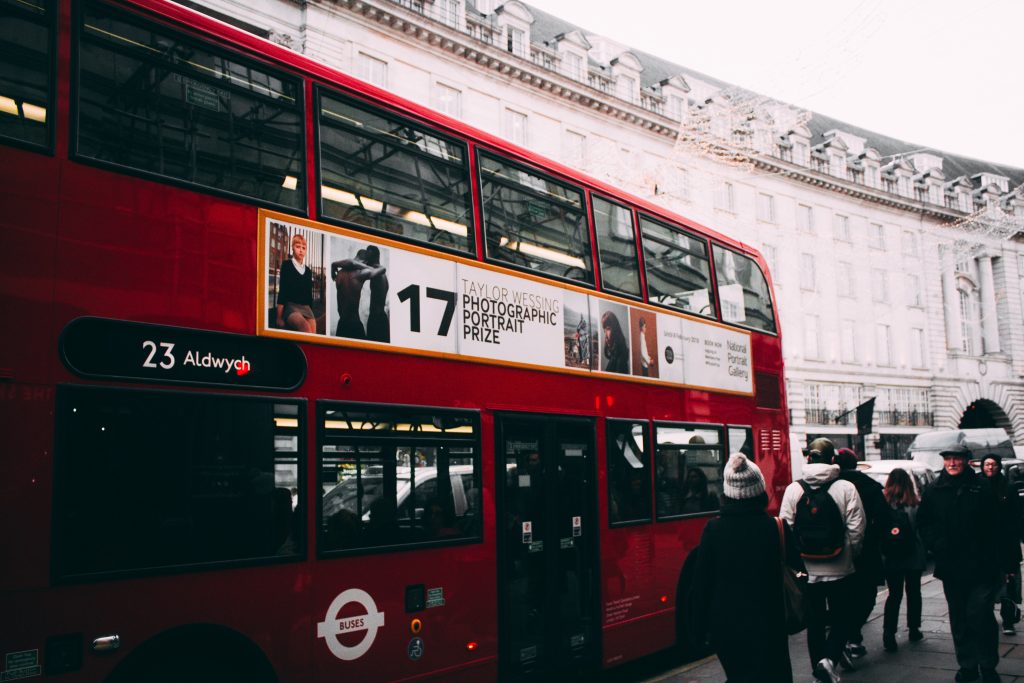Source: airqualitynews
In the source article, Darren Turpin – marketing director at Imperial Civil Enforcement Solutions and Trapeze Group, reflects on the discussion and conclusion of two roundtable events with a variety of experts (hosted by Civil Enforcement Solutions and Trapeze group). The group consensus was clear: there is a chance to position public transport as a champion of clean air, but the window to act is preciously small. Some of the challenges, opportunities and solutions are outlined below.
Clean air as an incentive
This has brought air quality to the fore of public debate. In fact, in a recent survey, nearly 80% of all Londoners said that air quality should be a top priority for political leaders. Clean air enforcement and public transport in major cities are two key parts of the solution, but only if we change perceptions and bring the travelling public with us, with the help of technology, education and leadership.
Even so, the pandemic has set public transport attitudes in the UK back for decades: a recent survey by Transport Focus revealed that more than a third of people would ‘never again feel completely safe’ on public transport.
Enforcement of clean air zones
Low emissions zones (which limits heavy vehicle usage in cities, see more here), have a positive impact. As evidenced by London, which has the longest experience of clean air zones, and shows a marked modal shift away from cars to trains, tube and buses.
Change in perspective
Creating disincentives for private cars does help to reduce emissions, but alone won’t win the hearts and minds of people when it comes to adopting public transport. The quality of the air we breathe is too important to be dismissed as a tax on driving.
For that, we need to position buses and trains as a value-add rather than simply the ‘least worst’ alternative. People drive because it is convenient, and through the pandemic at least, perceived as being safer. In order to encourage people to choose public transport of their own accord, we must use the technology that’s available to make it a more worthwhile option, tapping into concerns around air quality and convenience.
Technology nudge
Clean Air Zone (CAZ) information portals and journey planners could also be used to influence or nudge traveller behaviour. Imagine a scenario where a driver is either planning a journey into a CAZ, or pre-booking permission to enter one.
The information portals could use the planned journey information to suggest alternative sustainable options, including a combination of interchanges, parking reservations, public transport and active travel – all of which could be effortlessly booked and paid for via the same application.
By all accounts, the time to act is now. According to a recent study by Imperial College London, air pollution in England alone could cost the UK economy as much as £5.3 billion per year by 2035, ranking it level with the obesity crisis in terms of public health and cost to the NHS. Instead of vilifying car users and pursuing electric vehicles – which will do little to reduce congestion and place excessive demand on the power grid – governments and business leaders need to collaborate, share experience and make the most of available technology. Clean air is a strong incentive. Let’s make it easier and safer for the traveling public to make the right choices.
This topic is covered in more depth in a white paper published by Imperial and Trapeze Group, which can be accessed at bit.ly/imperial-clean-air

Photo by Jeremy Downes on Unsplash
Pingback: เว็บ spinix188 คาสิโนออนไลน์
Pingback: pg betflik
Pingback: เสริมหน้าอก